[LUM#2] Drugs last
From the pharmacopoeias of yesterday to the medicines of tomorrow: a journey into the little-known regions of traditional medicine, which are enjoying a resurgence of interest. Welcome to the Montpellier drug store.
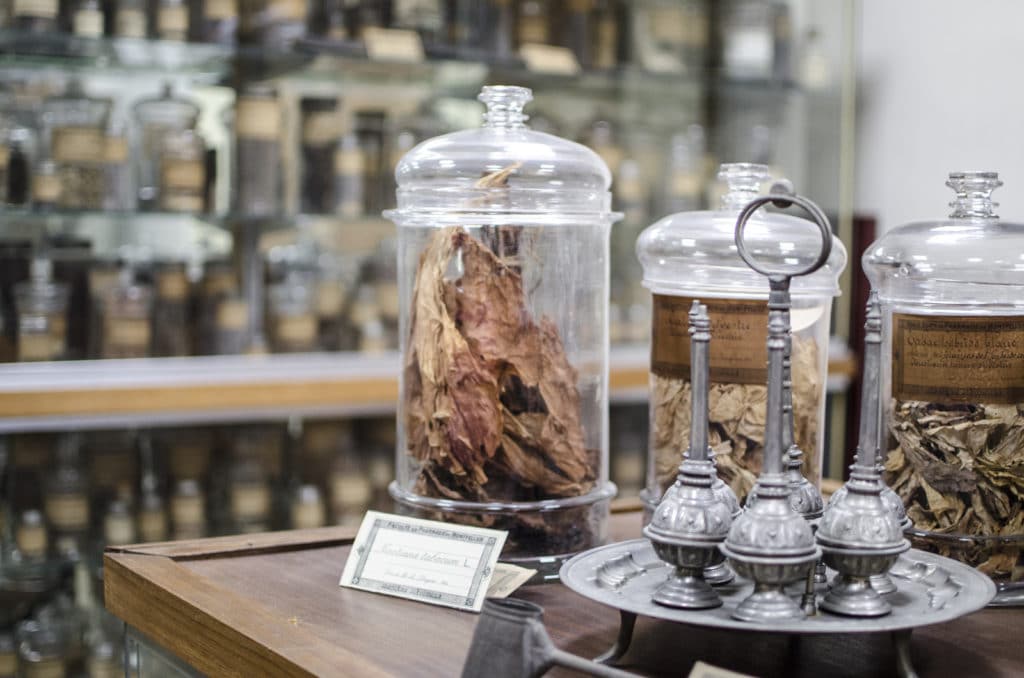
Antique jars, majestic cupboards, antique glass reflecting the gazes of curious onlookers... Here we find our grandmothers' remedies in flesh or stems, jumbled with traditional ingredients from Africa, Asia or the Americas: from the depurative dandelion of our garrigues to precious Chinese teas, not forgetting medicinal plants from Reunion Island, viper vials and other dried scolopendras, or even ambergris from faraway seas...
Living collections
This astonishing Ali Baba's cave is hidden at the end of an anonymous corridor in Montpellier's Faculty of Pharmacy. Yves Pélissier has the keys. When he opens the doors of Montpellier' s venerable druggist's shop - heir to the very first druggist's shop created in 1588 - another world greets the visitor.
In its heyday, up to 45,000 samples were stored here," recalls the man who, along with Chantal Marion, has fought to preserve this place threatened by floods, dust and oblivion. In 2009, thanks to their efforts, the Montpellier droguier was listed as a historic monument. Today, it houses almost 10,000 samples of "drugs": minerals, plants and animal substances. These are collections built up over centuries of travel and exchanges with the rest of the world.
A museum? Not exactly a museum. Because this collection is still very much alive. Every day, it is enriched by donations and bequests. The droguier has become an active center for teaching and research. Since 2002, it has inspired over 75 theses. As for the university diploma in phytotherapy recently created by Yves Pélissier, it's sold out: 157 applications this year for 33 places...
Ethnopharmacology
This growing interest reflects the fascination of ethnopharmacology, the science that examines traditional knowledge and what it has to teach us. Knowledge that is complex, to say the least. After all, a plant is a veritable cocktail of chemical compounds, which varies according to numerous parameters: season, soil, sunlight, etc. "The ancients knew very precise harvesting periods and zones. Today, however, there is often a lack of reliable information and properly trained practitioners. There is therefore a real risk, particularly in the use of self-medication via the Internet".
This warning applies particularly to aromatherapy, a branch of phytotherapy based on the use of essential oils. After all, plants are not harmless. As well as their benefits, their toxicity has been known since the dawn of time. "They should only be prescribed in accordance with the rules of the art, and by recognized specialists. There's nothing innocuous, for example, in simple eucalyptus essence: in overdose, it can be toxic," warns Yves Pélissier, professor of pharmacognosy, phytotherapy and aromatherapy.
With the advent of chemistry in the 19th century, allopathic medicine gradually replaced traditional medicines. Today, traditional medicines are making a comeback. Their main advantage? "They don't just treat symptoms. They offer a 'holistic' approach, i.e. a comprehensive approach". In other words, "they have the merit of taking an interest in your well-being, of proposing a harmonious regulation that neglects no dimension - psychology in particular. Acupuncture, massage, energy, plants: Chinese medicine, for example, incorporates it all!
Learning from the past
Yves Pélissier does not oppose conventional and traditional medicine. But he does speak of "complementary approaches". "Allopathy - of which phytotherapy is an integral part - has proved its worth. Traditional therapies also have their place. Dispensed with professionalism and under medical supervision, they can be recommended in primary health care, to support patients' well-being, or to offset the undesirable effects of certain treatments".
And theWHO now recommends the use of " improved traditional medicines " in emerging countries. Inexpensive and effective, these derivatives of traditional pharmacopoeia are ideal for resolving basic health problems such as fever, haemorrhage and dysentery. However, it is important to preserve this ancestral knowledge, which has a tendency to disappear...
An oversight that does not spare our industrialized countries. Fortunately, research is now taking over from tradition. A place for preserving ancient pharmacopoeias and a resource center for teachers, the Montpellier droguier is also a laboratory that brings together scientists from all over the world. "Researchers are on the lookout. Today, many plants from traditional pharmacopoeias are the subject of scientific research to confirm their therapeutic applications. At the end of a long process, these plants, hitherto unknown to modern science, could be included in the highly official European pharmacopoeia. An entry synonymous with recognition of their medicinal properties: a prerequisite if they are ever to be prescribed by your doctor.
Far from being condemned to oblivion in our grandmothers' cupboards, plants are a source of hope for tomorrow's treatments, and the Montpellier druggist's shop a fabulous field of exploration for researchers.Faced with new technologies, the future of phytotherapy is not bleak," concludes Yves Pélissier. We have things to learn from the past. Provided we apply today's scientific methods to this ancestral knowledge".
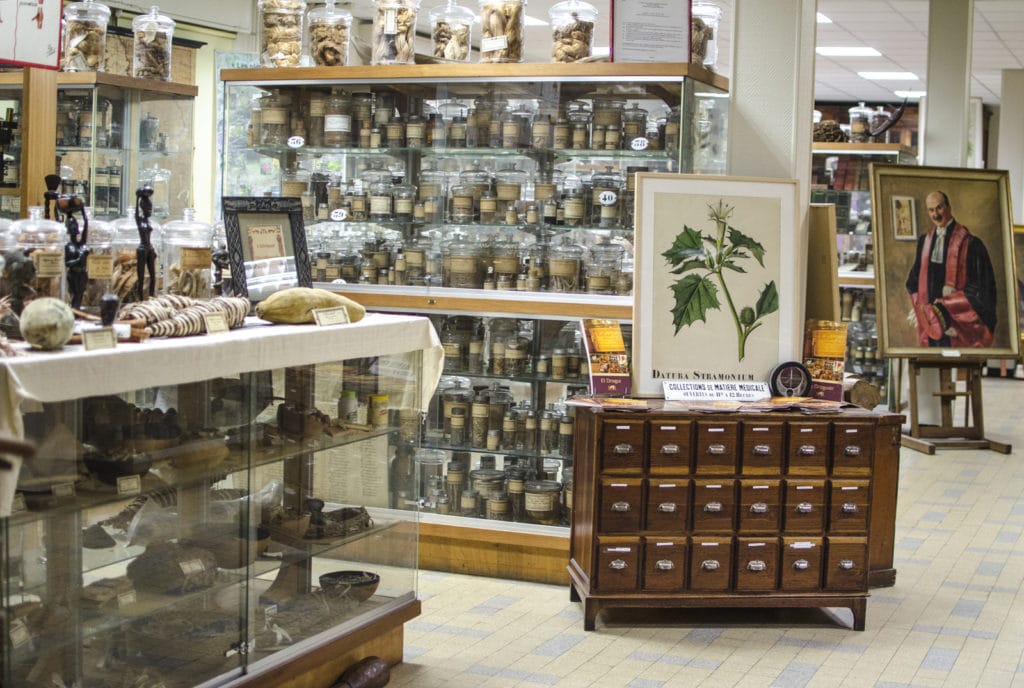
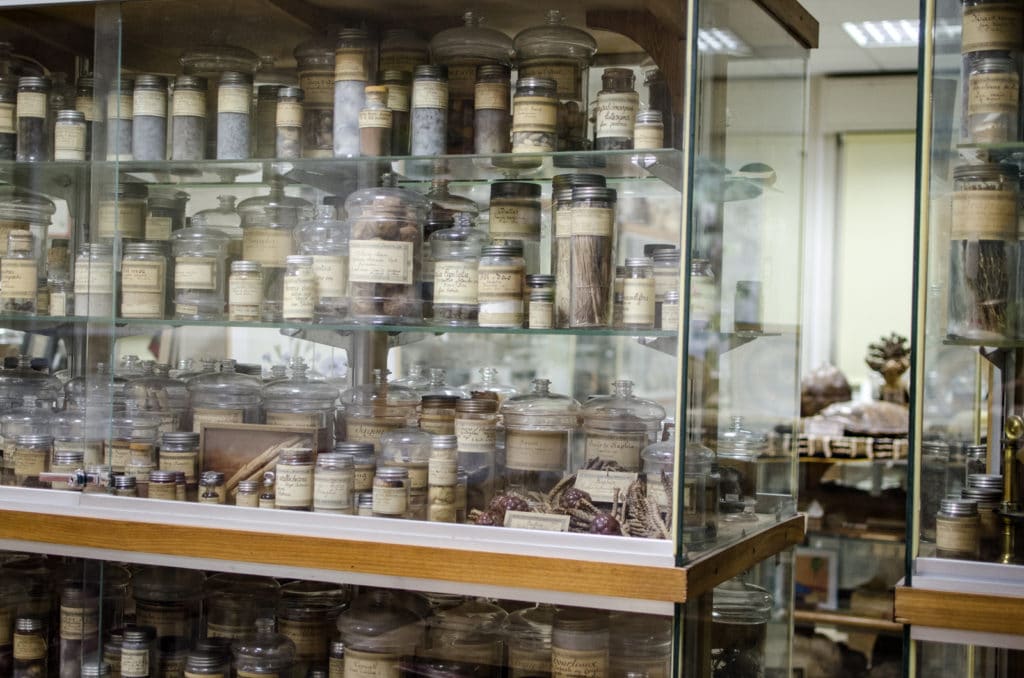
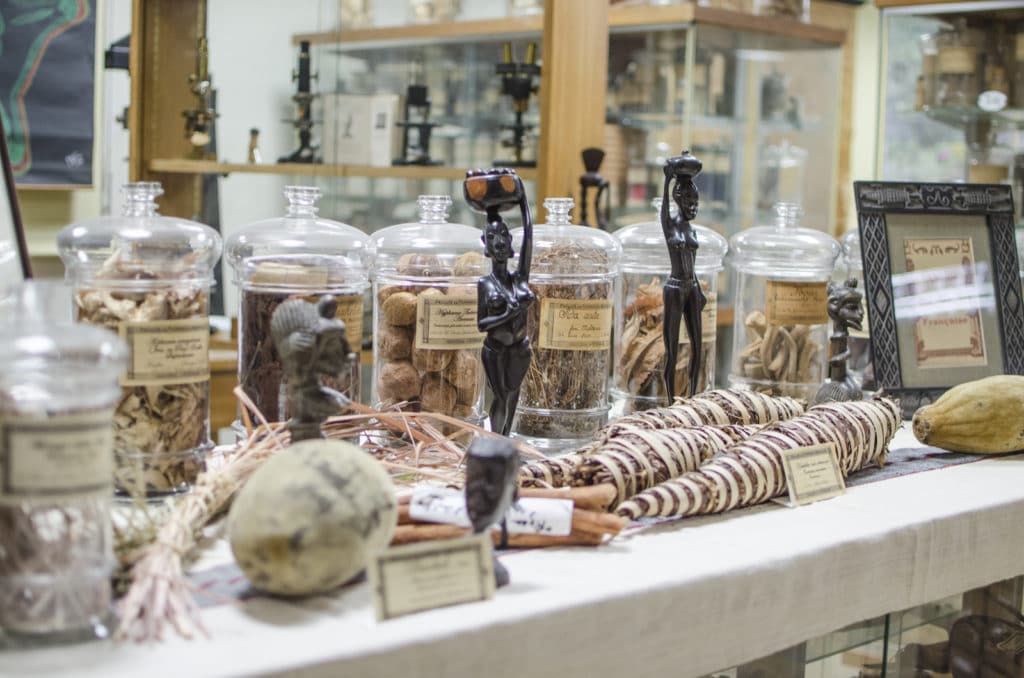
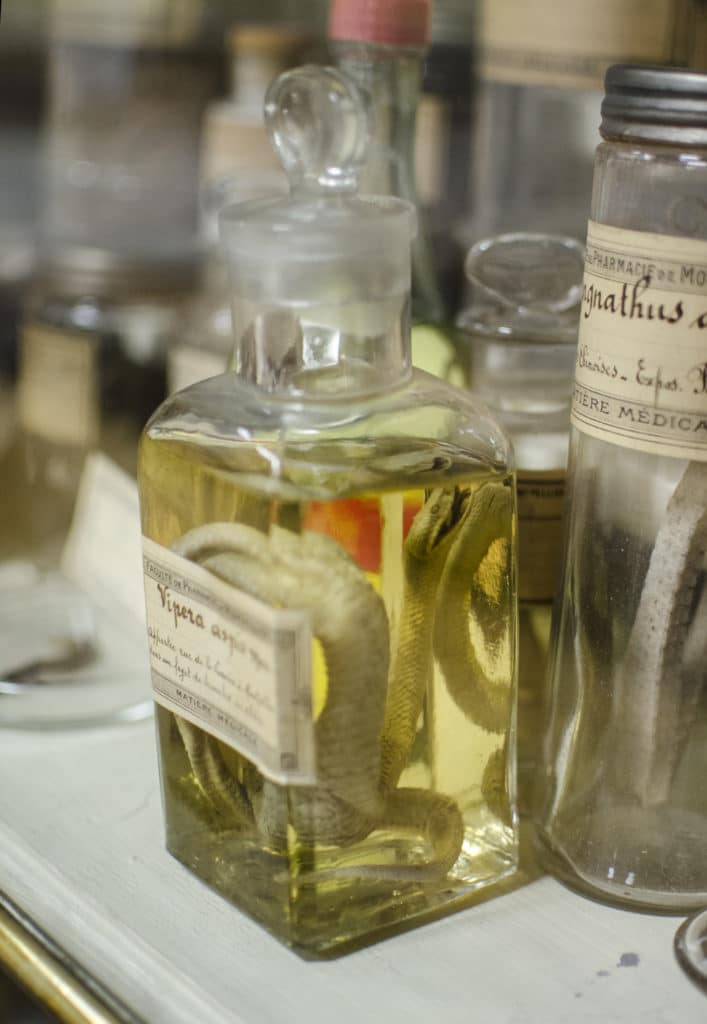
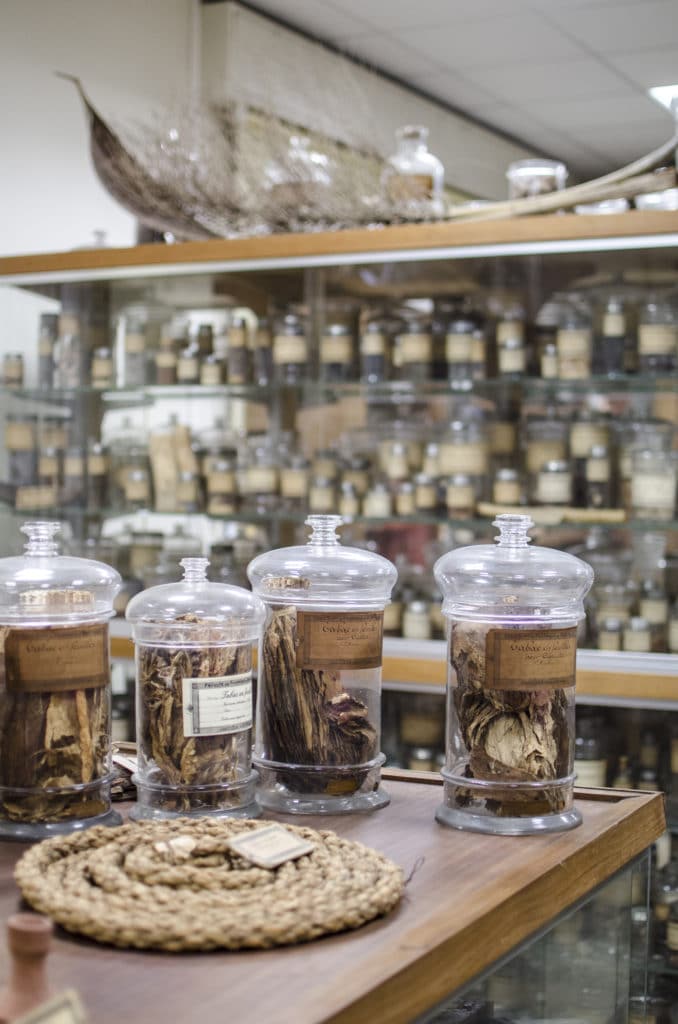
UM podcasts are now available on your favorite platforms (Spotify, Deezer, Apple podcasts, Amazon Music...).